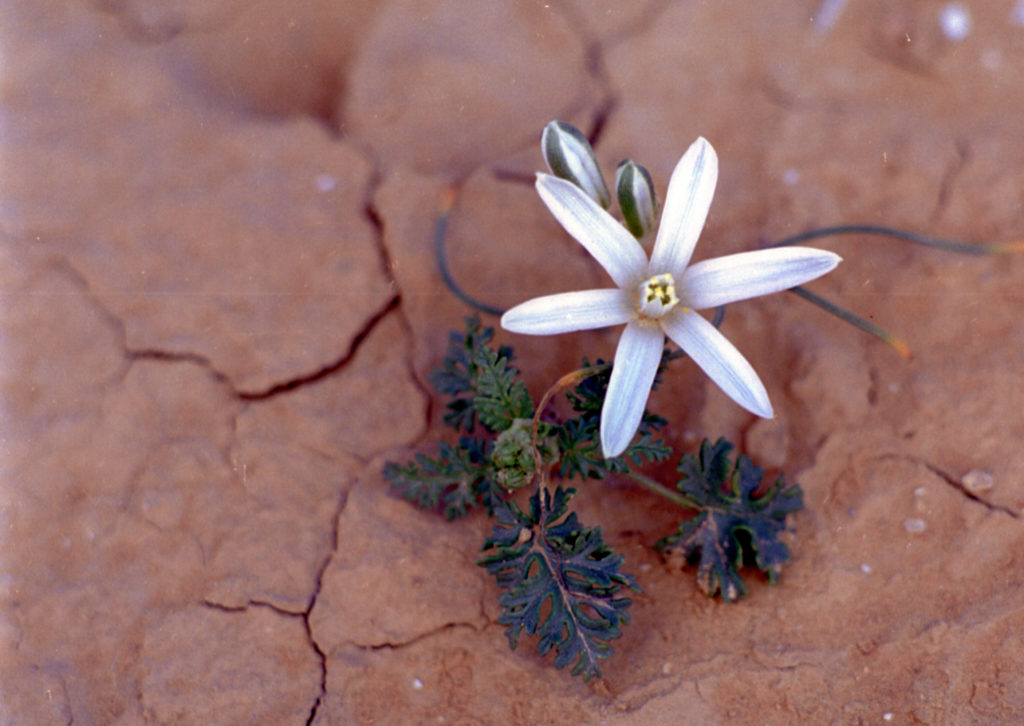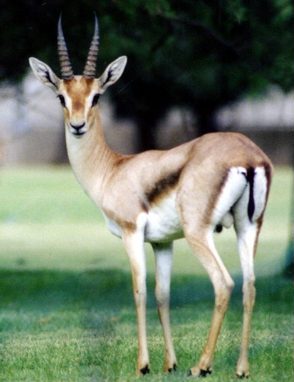
Israel Excels in Space and Satellite Technology
Israel Excels in Space and Satellite Technology
October 19, 2017
Nanotechnology, Natural Sciences
JNS — Adding to Israel’s reputation as the “start-up nation” and a major hub of innovation, the Jewish state is also a rising star in space and satellite technology.
Several key developments in recent years highlight Israel’s growing contributions in the field, including the successful launch of the Venus satellite on August 2, 2017.
Venus, a micro-satellite weighing 586 pounds (265 kilograms), was jointly designed by the Israel Space Agency (ISA) with the help of Ben-Gurion University of the Negev, and its French counterpart, Centre National d’Etudes Spatiales (CNES) for the purpose of monitoring climate change.
The cutting-edge satellite observes 110 sites on five continents every two days, and closely monitors the impact of human activity on vegetation, water and carbon levels.
“The satellite is uniquely suited for monitoring agricultural crops in accordance with the concept of ‘precision agriculture,’ offering high-spatial resolution of 16 feet (five meters) and a 48-hour revisit time,” says Prof. Arnon Karnieli, lead researcher on the satellite project, who heads the laboratory at BGU’s Jacob Blaustein Institutes for Desert Research.
“Israel is one of the few countries that has the entire chain of satellite capabilities, which means launch, design, construction and operation,” Avi Blasberger, director general of the Israel Space Agency at the Israeli Science Ministry, told JNS.org.
“It’s an entirely self-sustained program. Israel is one of the few countries in the world that can be proud of this.”

BGUSAT was launched in mid-February as part of an academic initiative by Ben-Gurion University of the Negev.
Preceding the launch of Venus, Israel launched its first nanosatellite, BGUSAT, in mid-February as part of a BGU academic initiative that enables researchers to study climate change as well as agricultural and other scientific phenomena.
Slightly larger than a milk cartoon, the nanosatellite is outfitted with a visual and short wavelength infrared camera and hovers at 300 miles above the Earth’s surface – allowing researchers to study a broad array of environmental conditions, including atmospheric gases like carbon dioxide.




